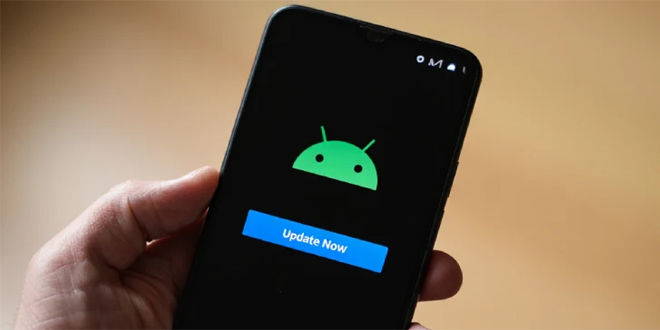Australian banks are now using bots to combat scammers. These bots mimic potential victims to gather real-time information and drain scammers’ resources. The collected data is sent to fraud detection systems used by banks, telecom companies, and government agencies.
On June 27, Commonwealth Bank of Australia launched 10,000 AI bots to combat scams by engaging with scammers and collecting intelligence.
Multilingual AI chatbots use voice clones to keep scammers on long calls. The bots gather intelligence from calls and provide real-time insights to the bank’s scam-control systems.
“Scammers are increasingly using AI to target Australians – we’re turning the tables by using AI to fight back. Every minute a scammer is engaging with a bot is a minute they’re not targeting an Australian,” the bank’s group fraud general manager James Roberts said.
The initiative, created with Apate.ai, uses a honeypot strategy to lure attackers into a virtual trap.
Professor Dali Kaafar, founder and chief executive of Apate.ai, said: “In the fight against scams, timing is everything. Our intelligence gives organisations like Commonwealth Bank the edge, not just to detect scams, but to anticipate and block it before it reaches customers.”
phone scams caused the most financial losses in 2024, with 2,179 victims losing A$107.2 million (S$89.3 million).
Scammers often used text messages as their second most common way to contact victims, with investment scams causing the largest losses through this method. The bots not only engage users but also detect new scam trends, enhance the bank’s scam detection, and help shut down scam networks across the industry.
In Singapore, the AI model Meralion filters phone calls to block potential scams before they reach victims.
If a call is marked suspicious, Meralion identifies itself as an AI assistant and asks the caller for the reason. It then decides to connect or block the call based on the answer.
Meralion can block robocalls, which are automated calls often used by scammers to target many people at once.
 InfoSecBulletin Cybersecurity for mankind
InfoSecBulletin Cybersecurity for mankind













